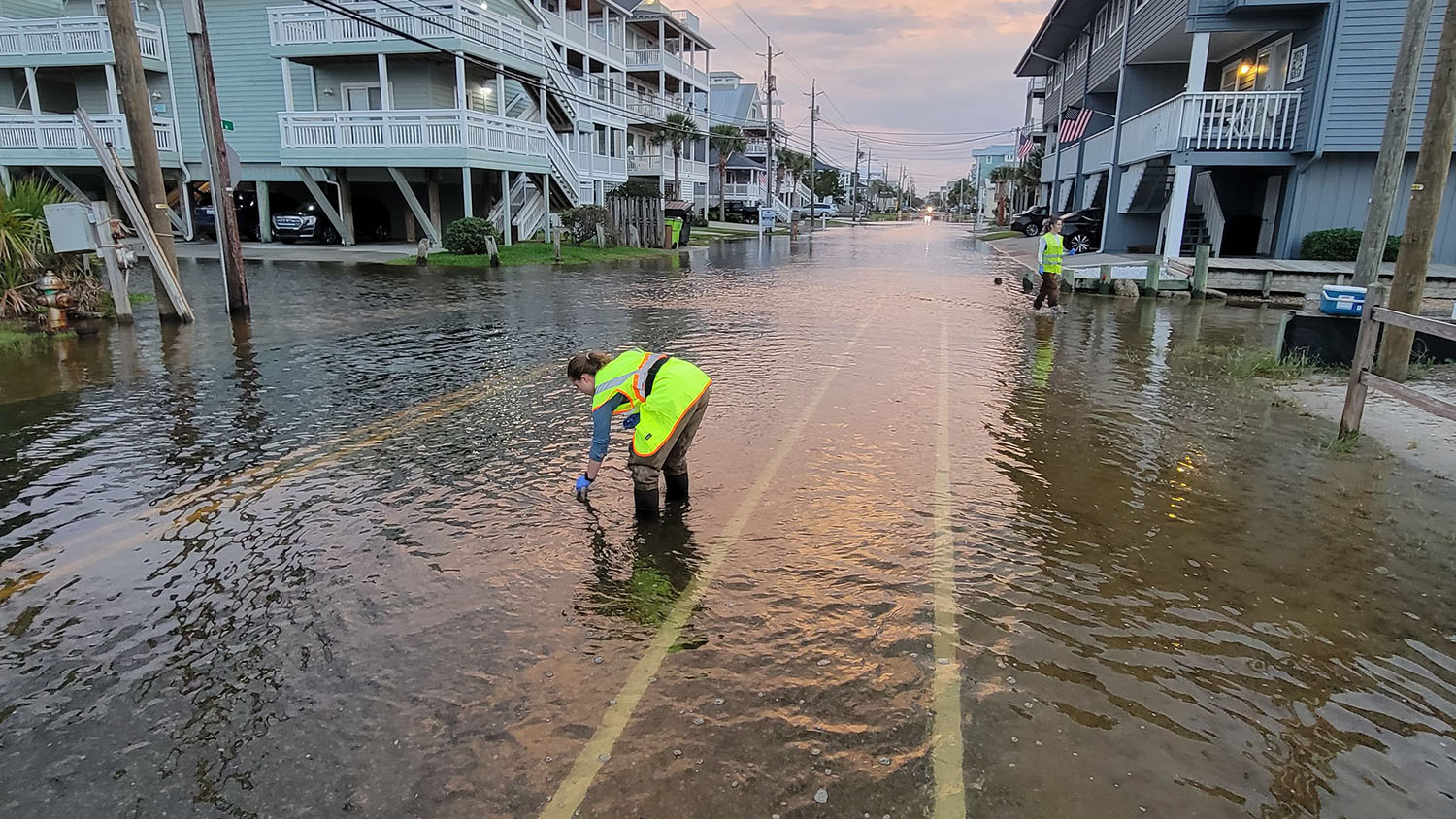Study: Lack of Capital Not a ‘Death Sentence’ for Start-Ups
A new study from North Carolina State University is turning the conventional wisdom about technology start-up companies on its head, showing that ventures with moderate levels of undercapitalization can still be successful and that a great management team is not more important than a top-notch technology product when it comes to securing sufficient amounts of capital.
“Our research shows that undercapitalization is not a death sentence for start-up ventures,” says Dr. David Townsend, an assistant professor of management, innovation and entrepreneurship at NC State who co-authored the study. “There are things a venture can do to survive and succeed.” Basically, Townsend says, start-ups that fall short of their fund-raising goals can take steps to minimize their cash outflows in order to stay viable.
Undercapitalized ventures “need to engage in management strategies focused on reducing their costs. For example, outsourcing certain development tasks and accounting responsibilities or exchanging services with other companies – saying we’ll build your Web site in exchange for a year’s worth of accounting services, etc.,” Townsend says.
The study also found that there is little evidence to support the long-standing tenet that a great management team is the most important part of a venture company when it comes to securing investment in a start-up. The study shows that a venture with an “A,” or top notch, management team and an A technology is likely to meet its capitalization goal. But the researchers were surprised to find that the combination of a “B,” or less than ideal, management team with a B technology was also quite successful in meeting capitalization goals. Ventures that had an A management team but a B technology, or vice versa, were usually underfunded.
Townsend explains that B management teams with B technologies are probably more successful at meeting their capitalization goals because they are aware of their shortcomings, and modify their capitalization targets accordingly. For example, these B teams may minimize management salaries or restrict their marketing budgets.
Similarly, Townsend says the evidence implies that A management teams with B technologies, or vice versa, often fall short of their capitalization targets because they have not modified their fund-raising goals – and as a result investors don’t buy in at a sufficient level to fully fund the venture’s intended strategies.
The study, “Resource Complementarities, Trade-Offs, and Undercapitalization in Technology-Based Ventures: An Empirical Analysis,” was co-authored by Townsend and Dr. Lowell W. Busenitz of the University of Oklahoma. The study will be presented June 5 at the Babson College Entrepreneurship Research Conference in Boston and at the Brown International Advanced Research Institutes in Providence, R.I., on June 18.
The research was supported by North Carolina State University, The University of Oklahoma, and i2E – a non-profit corporation focused on wealth creation by growing the technology-based entrepreneurial economy in Oklahoma.
-shipman-
Note to editors: The presentation abstract follows.
“Resource Complementarities, Trade-Offs, and Undercapitalization in Technology-Based Ventures: An Empirical Analysis”
Authors: David M. Townsend, North Carolina State University; Lowell W. Busenitz, University of Oklahoma
Presented: June 5, 2009, at the Babson College Entrepreneurship Research Conference in Boston, Mass.; June 18, 2009, at the Brown International Advanced Research Institutes in Providence, R.I.
Abstract: Undercapitalization is one of the most challenging obstacles to success facing early-stage technology-based ventures. However, most research on the topic tends to be atheoretical with a lack of general agreement on the definition of key concepts. In this study we define undercapitalization as the failure of young ventures to procure enough capital to meet the organization’s strategic priorities, and theoretically ground this definition by extending recent work on the payments perspective in resource-based theory. Based on these theoretical arguments, we develop and test of series of hypotheses using hierarchical lognormal survival analysis and two-limit tobit regression to examine how underlying value of and trade-offs among a venture’s core set of resources affect its risk of undercapitalization, and how undercapitalization affects new venture survival rates. Implications of these findings and several directions for future research are discussed as well.
- Categories:


